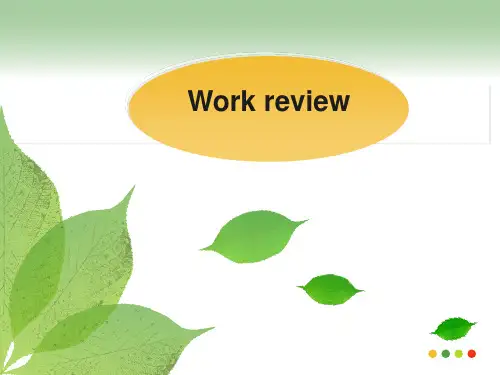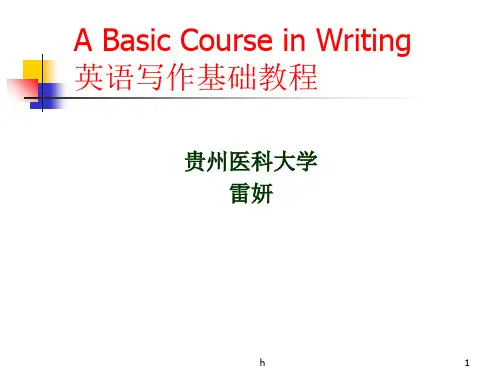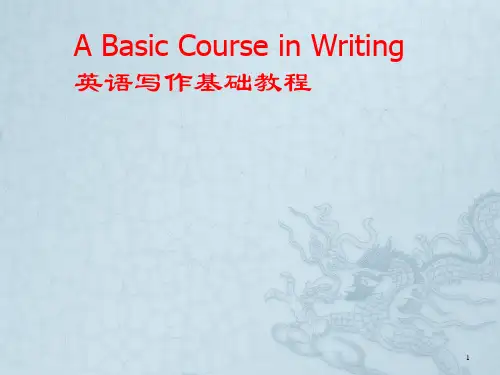3. Stretched their arm 3: If you are going to study abroad, what kind of information should you know before you go? Please list down the top 5 .
After Reading Exercises
Task 1:Complete the structure map of the passage.
Main idea (Paragraph 1): It is helpful if you know some of the customs before you go to another country _______________________________________
Language box(语言工具箱) 1.Unit topic languages(单元话题语言)
(1)Chunks(词块)
名词/动名词词块:
①some information about…, ②all kinds of, ③student activities, ④course fee, ⑤housing and transport
______________________________ ________________________________ ________________________________ ________________________________ ________________________________
应用文是人们日常生活中广泛使用的文体。它最突出的特点是它的实际应用 性,应用文包括很广。如书信、通知、日记、海报、便条、启事、请柬、电报 以及合同等。应用文写作除了注重规范语言,重在实用,力求朴实、准确、简 洁外,还注重一定的格式。 英文信一般由信端(Heading,即写信人的地址和发信日期)、收信人姓名 地址(Inside Address)、称呼(Salutation)、信的正文(Body)、结束语( complimentary Close)和署名(Signature)六个部分组成。中考作文通常对第 一第二点中的地址不做具体要求。 称呼是对收信人的称谓,应与左边线对齐,一般用Dear Mr. … ,; Dear Madam Helen,; Dear Miss…,; Dear John,; Dear Professor Smith,等。称呼后面 的标点一般只能用逗号。书信正文的第一句话或第一段,通常被称为起首语。 一般说来,人们习惯用一些客套的写法作为书信正文的起始,即先将对方来信 的日期、主题加以简单描述,以便使对方一看便知该信是回答哪一封信的。如 果是第一次给别人写信,也可用开头语作必要的自我介绍,并表明自己写信的 主要目的。结束语写在签名上面一行,第一个字母要大写,后面要加逗号。一 般有Sincerely,; Sincerely yours,; Yours sincerely,; Friendly yours,; Truly yours,; Yours truly,; Cordially yours,; Yours cordially,等。写信人的署名常位于结束语 正下方一二行,且签名一般须写出全名。










